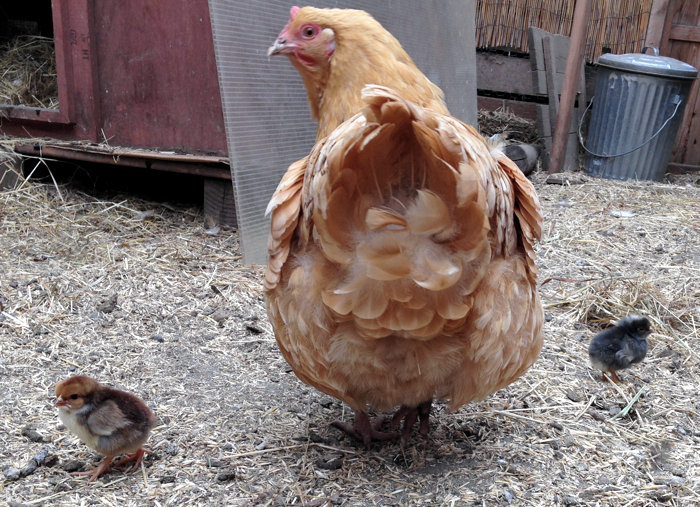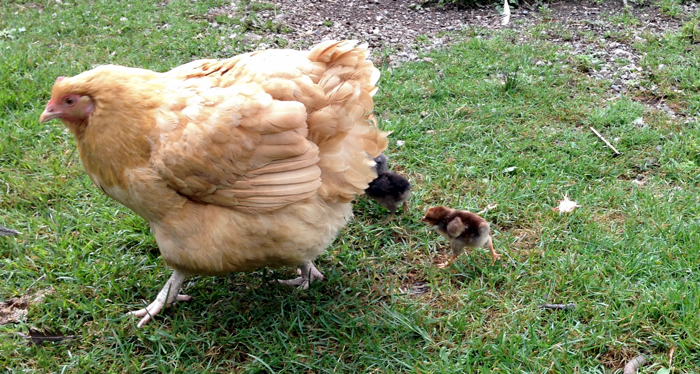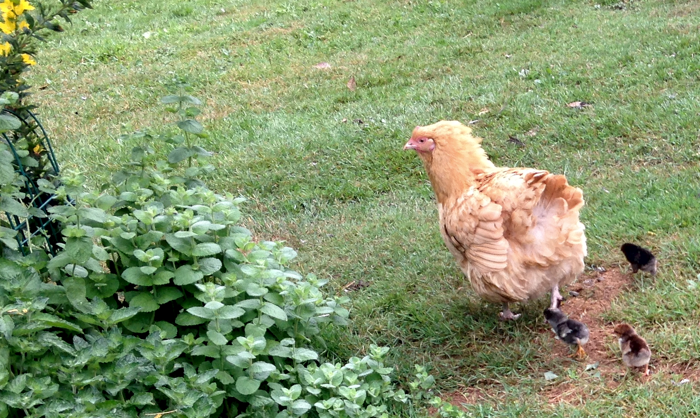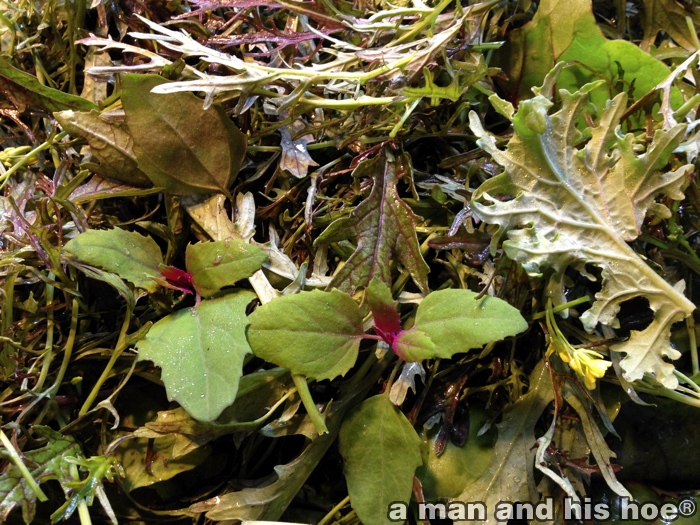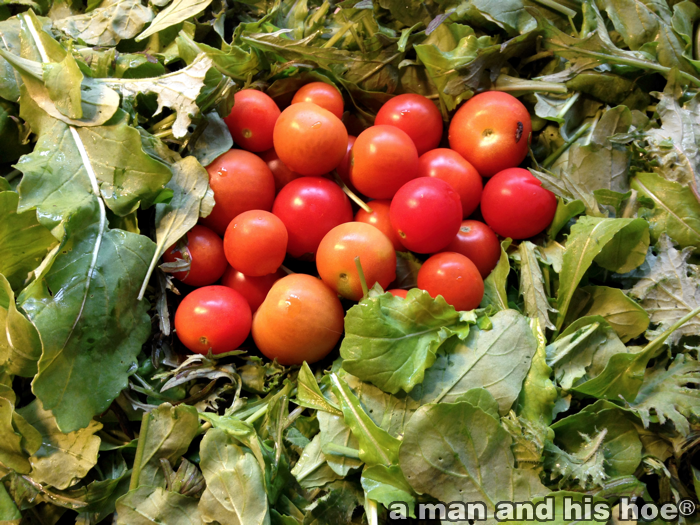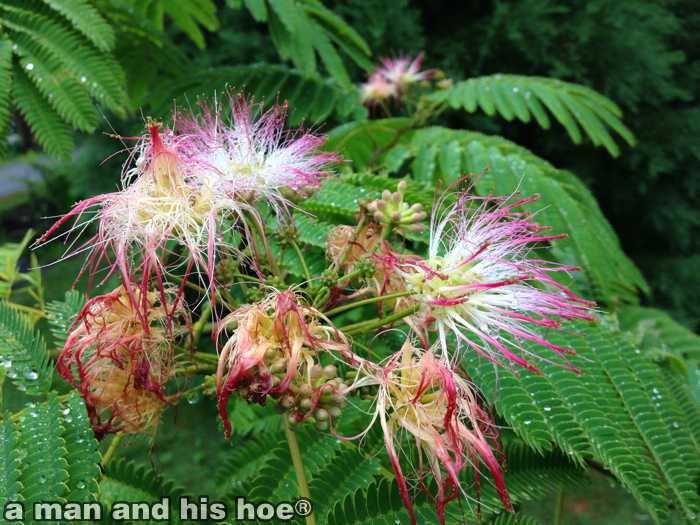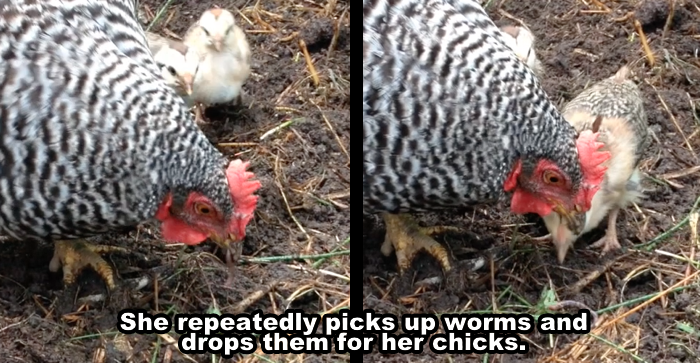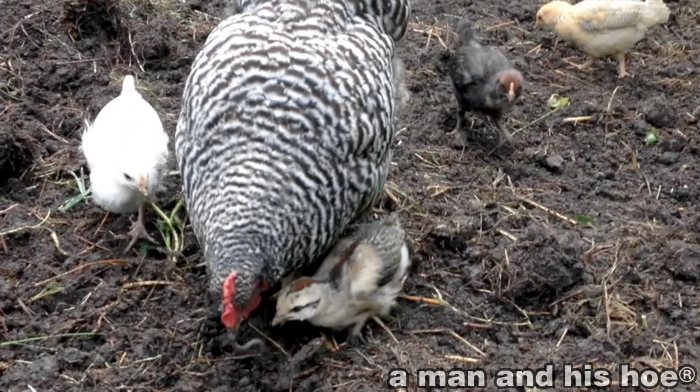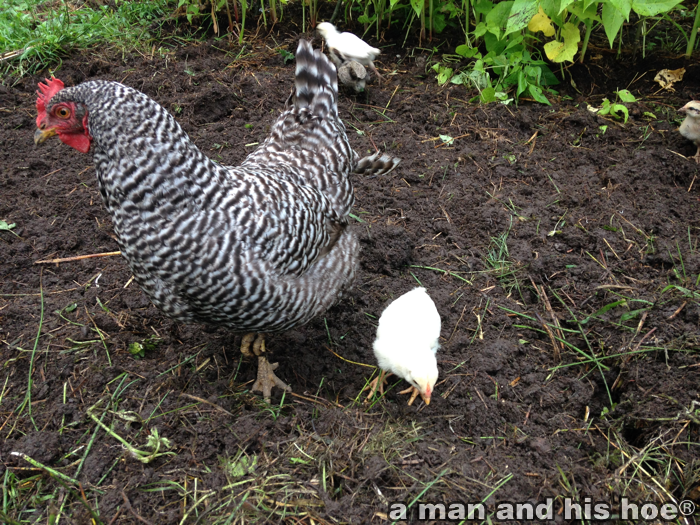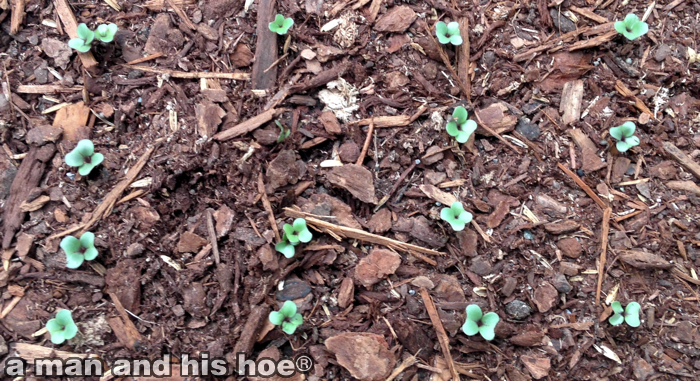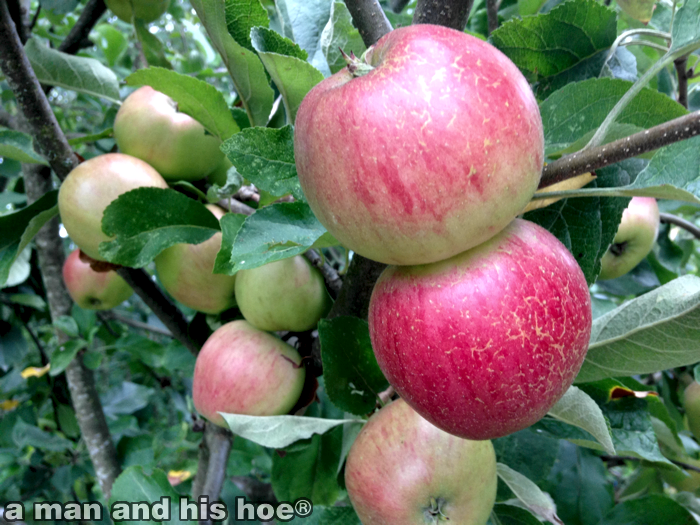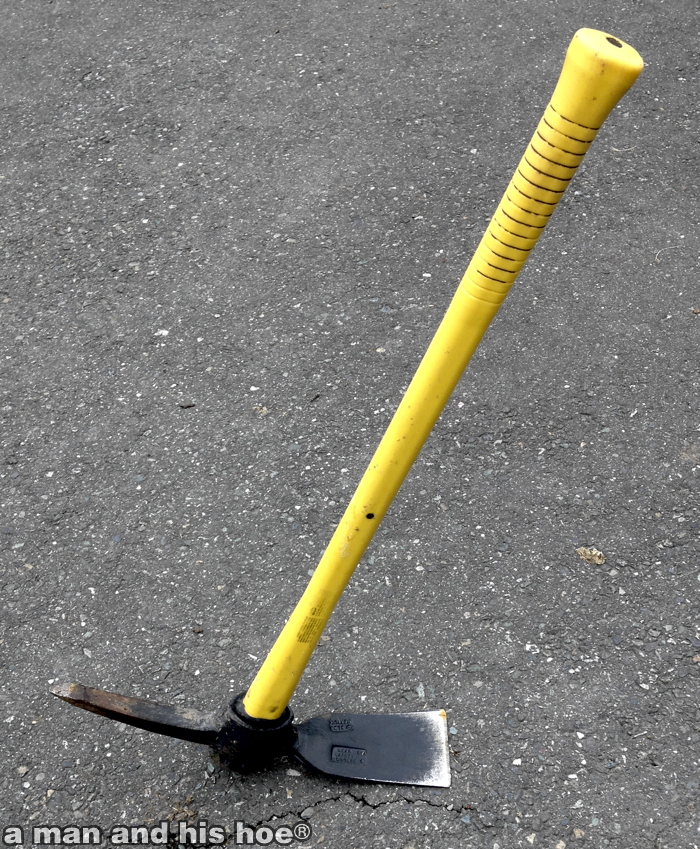
Maybe this will become the newest exercise equipment craze. Swing an adz hoe for an hour and sweat will pour out of every pore. The New Oxford American Dictionary says that the word adz, also spelled adze, comes from the Old English adesa, but that the origin of adesa is unknown.
The problem with working out in a gym is that you’re only exercising. Your exercise isn’t accomplishing anything, other than to make you sweat and get your blood churning. Exercise for an hour with an adz, using it to cultivate a vegetable bed, and not only do you burn through calories faster than a marathon runner, after an hour of sweating, you’ve accomplished something. You have a well cultivated bed to plant. Your satisfaction is doubled. You’ve burned through hundreds of calories and done some good, something you can see and feel.
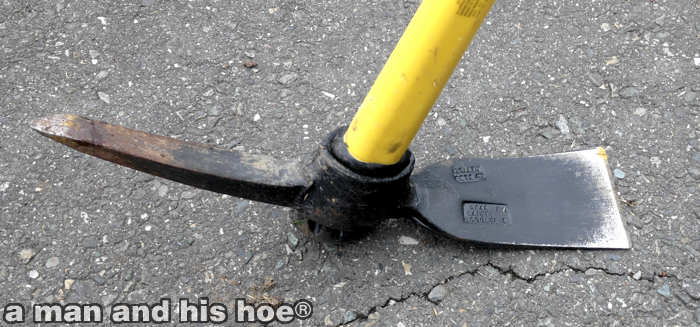
When it comes to gardening and farming tools, Japan is the place to go. Do an image search for 唐鍬 and you will see a bewildering variety of adz hoes. It wouldn’t take much enterprising to associate each type with a specific muscle group. Swing this one for your abs. Swing this one for your pecs. Swing this one for your gluts. This one will make your six packs pop.
With the right marketing, small farmers could turn their fields into outdoor exercise gyms, with customers paying them for the privilege of working off the pounds, while they till the soil with an array of unique adz hoes.
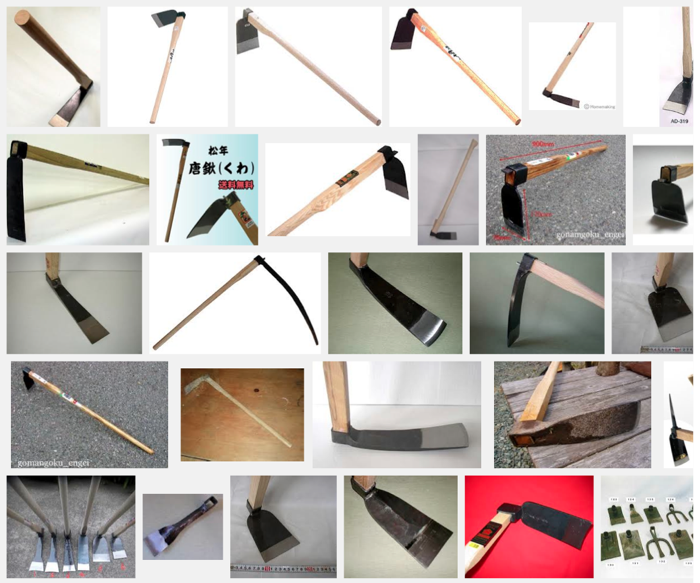
“Hey, Bruce, how’d your routine go?”
“I’m wiped. I used the glutinator adz hoe to firm my butt, swung the abdominator adz hoe to crunch my abs, and bulked up my pecs with the pecsmaximator adz hoe.”
People will go to work on Monday with bodies so well toned after a weekend of adz hoe swinging, that when someone calls them an a-hoe, it will be a compliment.
“Hey, A-hoe, you must have worked out all weekend, man. You’ve got abs of steel!”
